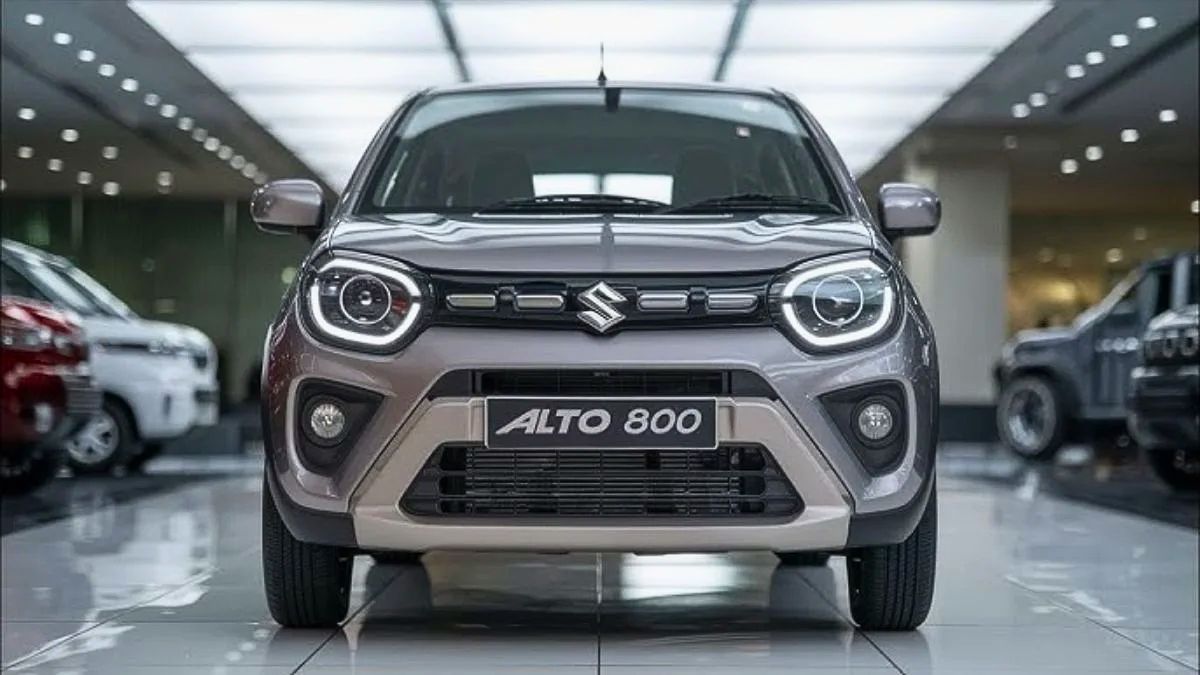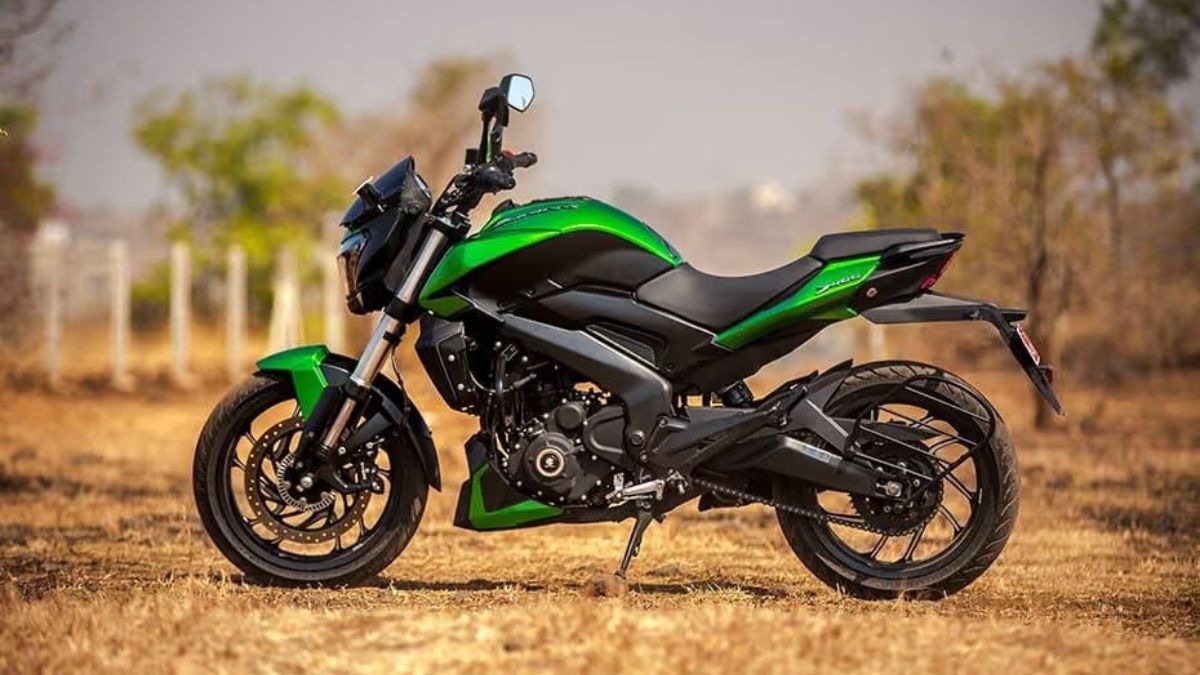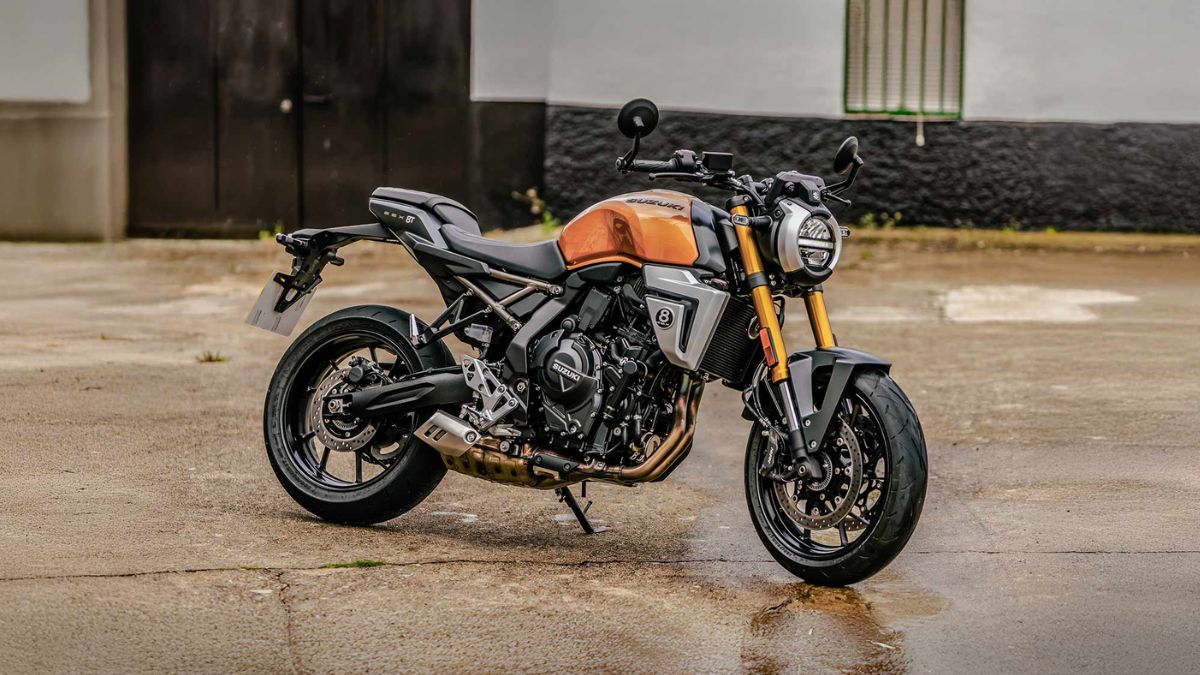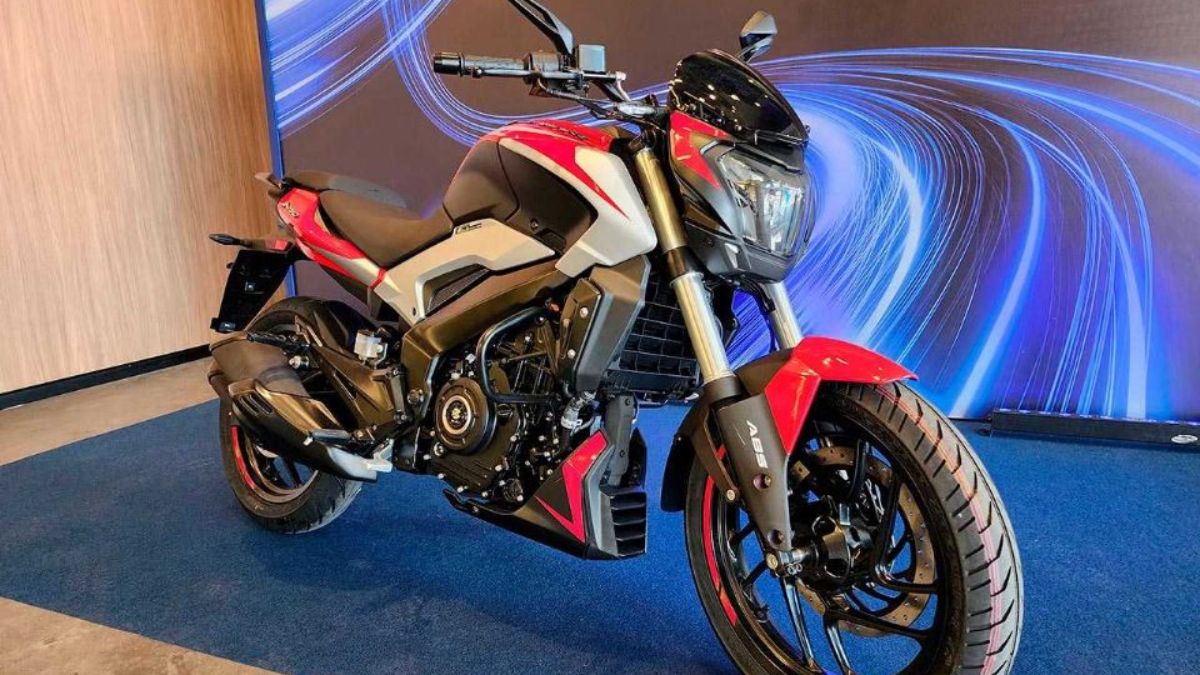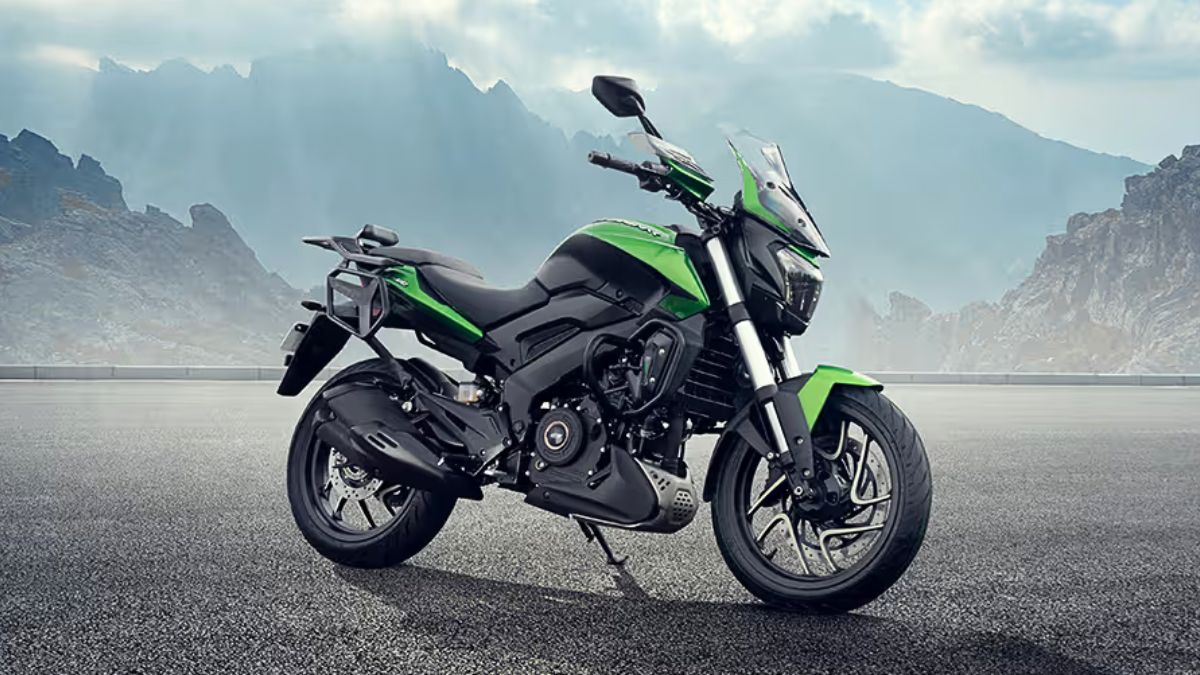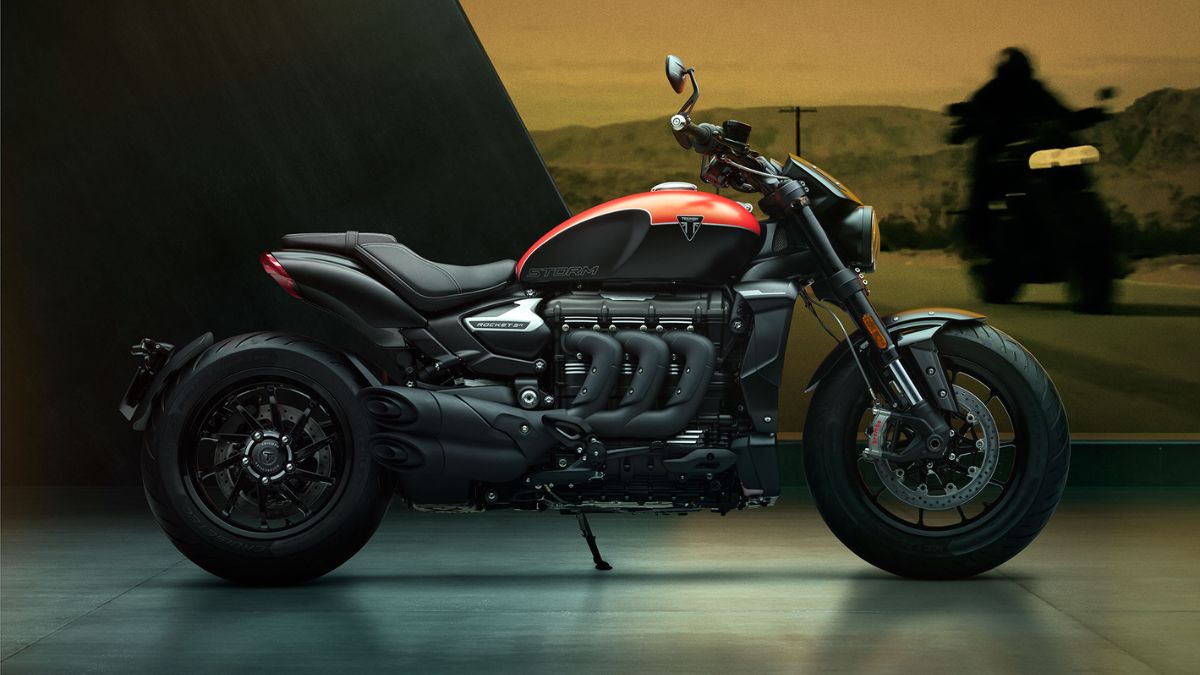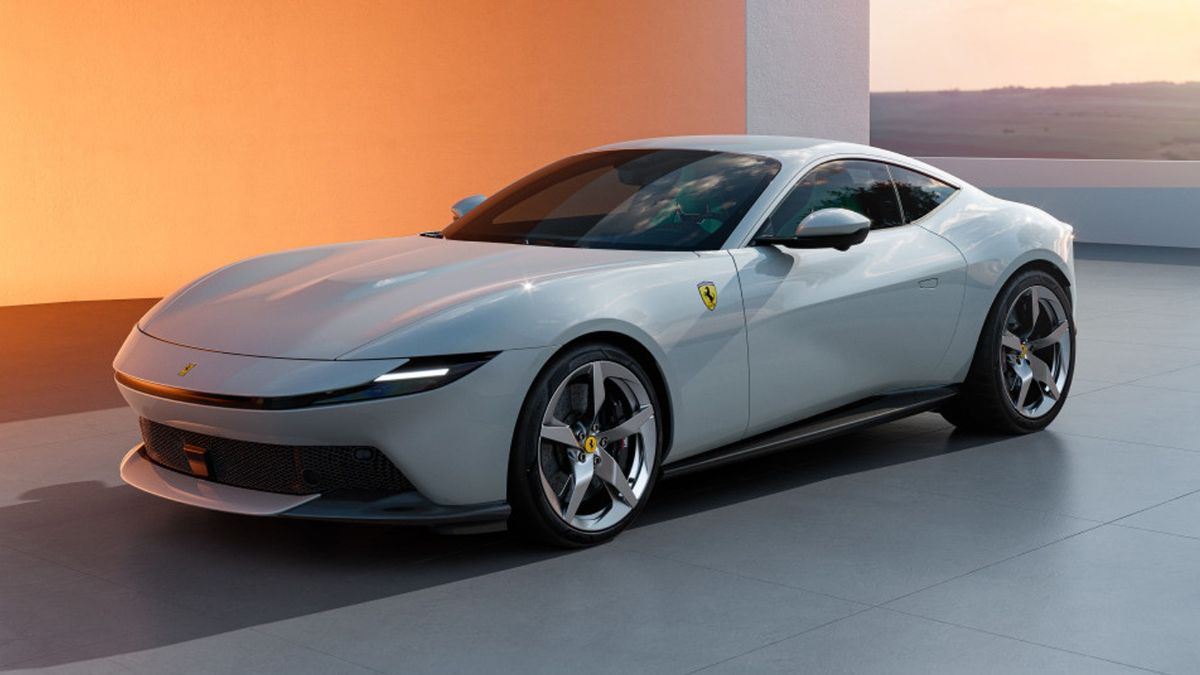Maruti Suzuki has reported its April 2025 sales numbers, and while the overall figures show a healthy year-on-year growth, there’s trouble brewing at the bottom of the ladder. The brand sold 179,791 cars last month, up from 168,089 units in April 2024. However, the sharp decline in entry-level car sales like the Alto and S-Presso paints a different picture beneath the surface.
Numbers
Let’s break it down. Maruti’s total sales—counting domestic, exports, and OEM supplies—grew by more than 11,000 units year-over-year. That’s generally a good sign, especially in a competitive and price-sensitive market like India.
But here’s the catch: entry-level hatchbacks, once the bread and butter of Maruti’s volumes, are losing ground fast. The combined sales of the Alto and S-Presso dropped from 11,519 units in April 2024 to just 6,332 units in April 2025. That’s a decline of over 45%, a steep fall for what used to be the go-to choice for first-time car buyers.
Shift
So, what’s driving this shift away from budget cars? Indian car buyers are evolving. Gone are the days when people were content with the bare basics just to own a car. Today’s buyers, even at the lower end of the market, are seeking more comfort, convenience, and safety features. From touchscreen infotainment to six airbags and advanced driver aids, the wishlist has grown.
This shift in consumer mindset is pushing buyers toward models that offer better value for money—even if it means spending a bit more. As a result, entry-level models across brands, not just Maruti, are seeing a dip in demand.
Performance
While the Alto and S-Presso are having a tough time, the rest of Maruti’s lineup is performing well. The Swift, Baleno, Dzire, Ignis, and Wagon R saw increased demand compared to the same month last year. These mid-tier models are benefiting from the shift in buyer preferences.
Maruti’s SUV and crossover offerings are also on the rise. Sales of the Brezza, Fronx, and Grand Vitara have climbed, signaling that the brand’s push into the SUV space is paying off. With more aggressive styling, feature-packed interiors, and better road presence, these models are attracting both urban buyers and families looking to upgrade.
Trend
This isn’t just a Maruti-specific issue. The entry-level hatchback segment across the auto industry is slowly fading. Rising input costs, stricter safety norms, and evolving buyer expectations are making it harder for carmakers to deliver value at a rock-bottom price. At the same time, financing options and better disposable incomes are pushing buyers to consider higher segments.
Here’s a snapshot of the April 2025 comparison:
| Segment | April 2024 Sales | April 2025 Sales | Change |
|---|---|---|---|
| Alto + S-Presso | 11,519 units | 6,332 units | -45% |
| Swift, Baleno, Dzire etc | ~85,000 units | Higher YOY | Growth |
| SUV/Crossovers | Strong demand | Even higher now | Growth |
Outlook
Maruti Suzuki’s overall growth shows the brand is still well in command, but the fall of the Alto and S-Presso reflects changing ground realities. To stay relevant, Maruti may need to rethink its entry-level strategy—either by modernizing these models or repositioning them altogether.
With Indian buyers growing more demanding even on a budget, carmakers can no longer rely on “basic” to sell. The future may just belong to feature-rich hatchbacks and compact SUVs that blur the line between economy and premium.
FAQs
How many cars did Maruti sell in April 2025?
Maruti sold 179,791 units in total.
What happened to Alto and S-Presso sales?
Their sales dropped by over 45% year-on-year.
Why are entry-level cars declining?
Buyers now want more features and comfort.
Which Maruti models saw growth?
Swift, Baleno, Dzire, Brezza, and others.
Is this trend seen across other brands too?
Yes, entry-level demand is down industry-wide.
